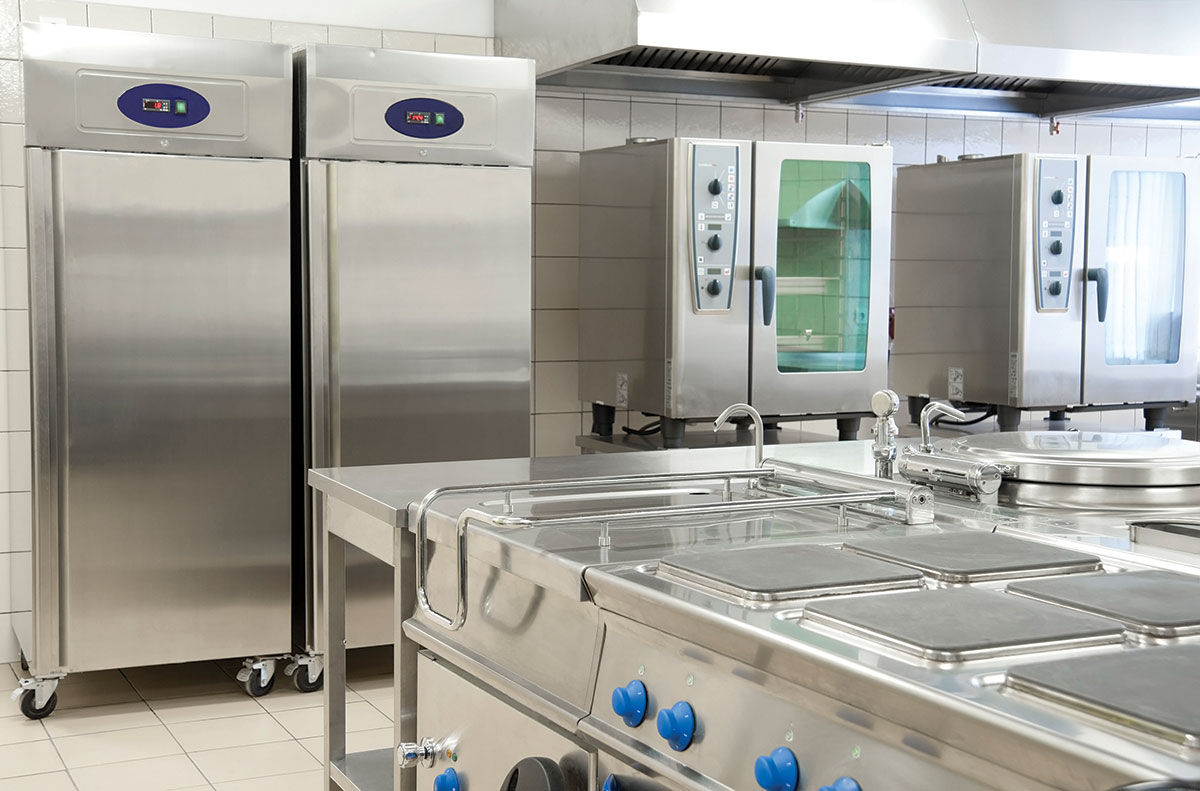“Beauty is only skin deep,” could not be truer than with electrical equipment. Under that pretty cover or inside that box could be a dangerous condition waiting to explode.
Even after the cover is opened a potential problem may not be easily revealed. That first view may reveal the existence of some problems; however, only after a detailed investigation and some sophisticated tests could any reasonable determination be made that there is no danger.

Photo 1. Overvoltage test performed on Telecom equipment in accordance with UL 60950
Investigation is necessary to assure that a product complies with the applicable product safety standard. The standard is developed by people who have had experience with that category of products and are familiar with the National Electrical Code. Conditions of misuse and abuse are usually major considerations in the required items covered by the investigation. Compliance with the standard is the best assurance that an inspector could receive that the product is safe. In order to provide this compliance, a test lab must use a lot of expertise and test equipment to make the determination.
The Standard
Identifying the standard is by itself not always easy. Some products may have to be investigated to two and in some cases multiple standards. For example, a computer connected to and made part of a piece of machinery or medical equipment must be investigated to both the machinery or medical standard and the computer standard. Also, the location where the equipment is used may bring into use another standard. Then, there is equipment that is not completely covered in the scope of any standard. With new technology equipment surfacing every day, the lab must make important subjective judgments in selecting a standard and/or applicable sections of a standard. To properly investigate all potential hazards, locating and applying the correct standard is of paramount importance.
The Physical Inspection
After the standard has been identified, the product is physically disassembled and inspected. All components are investigated to assure they are recognized and that they are correctly applied in the product. Just because a component is recognized does not automatically make it suitable in the product. The conditions of acceptability must be considered. For example, many components have a temperature limitation. If the application in the product would cause the component to operate near this temperature, then the component must also be rated for the temperature or it is unacceptable. Recognition alone is not sufficient. Recognition of a component assures that the component manufacturer will continue to manufacture the product in accordance with the component standard. However, only the lab can assure that the component is correct in its application and meets the requirements in the end product standard.

Photo 2. Collection of more than 2000 UL Standards
Other physical inspections include measuring clearances and creepage distances between live parts. This is a physical measurement and the distances permitted are listed in the standard. At normal voltages the distances are usually sufficient; however, the clearance distances are intended to allow the circuit to safely handle surges and transients that appear on power systems. This is a crucial measurement because surge voltage tests are not always part of the testing. Physical inspections also include an evaluation of mounting, bracing, overall strength and generally requires a high level of expertise to assure compliance with the safety standard.
Testing
Testing is performed on the product in accordance with the requirements in the standard. Besides testing to verify that a product operates under normal conditions, tests are conducted to simulate abnormal conditions. Temperature tests are performed by blocking air passages, disabling fans or other similar situations to create excessive temperatures. These temperatures may only appear during an extreme condition or a malfunction within the unit however, depending on requirements in the standard. Other tests may include surges or overvoltages, or environmental tests including: vibration, temperature, and humidity tests, depending on the product and the standard. These are only a few examples of the tests, but it is important to show that the tests are intended to produce conditions that may easily occur during the product’s use. The items uncovered by these tests cannot be detected by any physical inspection. Only after the testing is completed can there be any confidence that the product meets the standard.
Initial Factory Inspection
It can be reasonably assured that the manufacturer can make one good product that can pass the laboratory tests, but can the manufacturer continue to produce and ship products that meet all of the requirements? In other words, will each subsequent product be exactly equal to the product that was approved in the laboratory? This requires the manufacturer to have in place some type of responsible quality control system. He needs a final inspection procedure, which may include final testing. Not until an inspection at the factory is satisfactorily completed is the authorization to label and sell the product obtained. It is also necessary to determine that the manufacturer has the ability to continually make the same product as was originally approved.
Factory Follow-Up Inspections
An electrical inspector or any user of electrical equipment must be confident that the product meets the requirements of the standard. The only way the lab can continue to allow the use of its label is to obtain further assurances that the product continues to comply with the standard. This can only be done after the lab does all of the items listed above and performs periodic visits to the factory. It is necessary for the lab to know that all requirements are continually met. Often there are some changes that are necessary during the manufacturing. If a component manufacturer can no longer continue to supply the component that was originally approved, the manufacturer must let the lab know of the change and get specific approval for the substitution. The periodic inspection verifies that only approved changes have been made. In addition there are some requirements for testing at final inspection. The lab has to be sure that the equipment and the procedure used by the manufacturer are correct.
The only way the inspector can be sure the product meets United States requirements and enforces the National Electrical Code is to see that all of the above procedures were followed. These include selecting the correct standard, performing a thorough investigation, conducting initial factory inspections and required periodic follow-up inspections. In the world systems, U.S. laboratories are the only laboratories that follow all of these procedures. In Europe, CE marking does not include many of the U. S. requirements. The standards are European and the tests may be done by the manufacturer or anyone else. There is no requirement for a qualified testing laboratory. There is no follow-up inspection.
So in short, what the electrical inspector should always see is a label from a U.S. accredited qualified electrical testing laboratory. The NRTL program is an accreditation program that sets down the requirements listed, monitors and audits the laboratory on a regular basis to provide the inspector confidence that the label can be relied upon. The NRTL program is administered by the Occupational Safety and Health Administration (OSHA). The program is to assure safe products in the workplace, where OSHA has jurisdiction. However, the value it has for authorities having jurisdiction is to eliminate the need for each jurisdiction to establish its own accreditation mechanism. Some jurisdictions still choose to maintain control and approve the laboratories they accept, that is good; however, it can add to the expense and workload of the jurisdiction. Whatever means the authority uses to accept the laboratory that allows his label to be applied to a product saves the inspector the impossible task of trying, on his own, to see if an electrical product is safe and should be allowed to be part of an approved electrical system.














Find Us on Socials